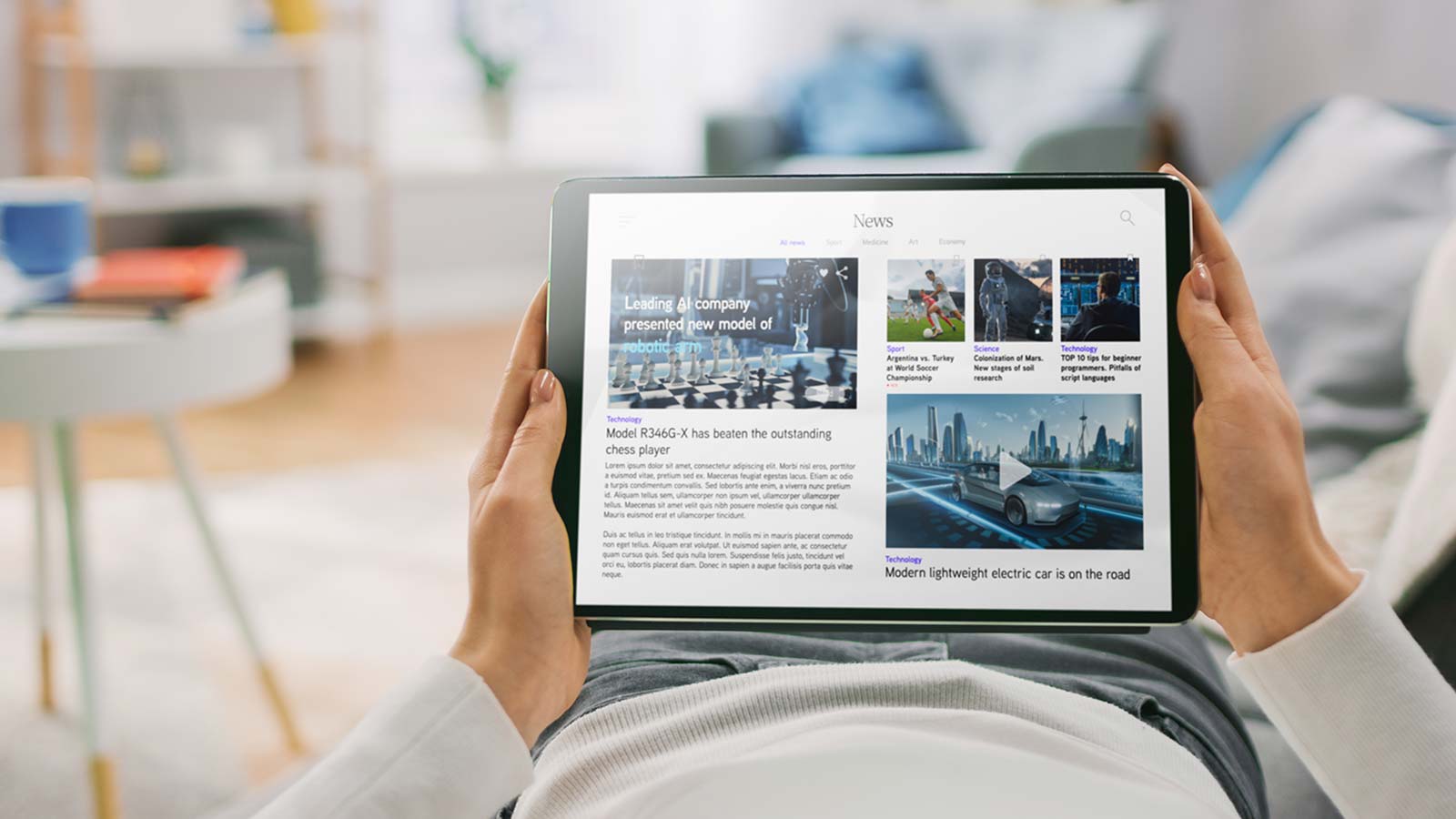Are virtual events here to stay?

Jenny Bahun | August 12, 2021
Americans are getting vaccinated. Offices are opening up. And despite new variants, in-person tradeshows are on the horizon. As the world begins to return to some sense of normalcy, what does that mean for marketers and the future of virtual events?
From corporate retreats, annual meetings and media tours, to industry conferences and grassroots campaigns, human connection has always been critical to establishing a close audience-brand relationship—whether targeting customers, consumers or media.
This tried-and-true model for brand success was tested since March 2020.
We turned to video conferencing and learned many special skills in the process – like maintaining passion and poise (and audience attention) while executing a two-hour presentation without the added benefit of being able to “read the room.” We did our best to scan a sea of unknown faces for some semblance of two-way engagement and response. We experienced slow internet connections and fixed technology issues on the spot. And we figured it out together.
Clearly, going fully remote this year unlocked new, unprecedented ways to interact. So, for those of you thinking these virtual interactions will be a thing of the past, it’s time to think again. They may be here to stay, and here are three reasons why:
- Convenience: We’ve proven that technology (and internet connections) can, in fact, work like it’s supposed to, creating a more flexible, balanced workforce. Remote tradeshows flexed their muscles, building the model for future virtual, or possibly hybrid, events. Customers and media remained in the comfort of their own homes or offices while listening to your pitch about a brand or new product/service launch. Instead of leaving the day before an event, we learned we could sleep in our own beds, wake up at 7 a.m., start a full day of meetings at 8 a.m. and sit down to dinner at 6 p.m. with family – no commute or travel to get in the way.
- Accessibility & Inclusivity: Sometimes life has unexpected twists and turns. This past year is the perfect example of that. Maybe you’re a single parent who doesn’t have access to daycare for three full days and nights or someone who finds traveling long distances difficult for health reasons, or, heck, if you just want to see your daughter’s weekday baseball game rather than catching a red eye for an industry conference in Las Vegas. This year has shown us that everyone can be invited and included.
- Affordability: For brands who typically send a group of employees to industry events and tradeshows; or for companies who go on an annual trip to New York for media tours with the entire marketing team in tow, participating in virtual events can save a huge chunk of change. No more costly flights or expensive nights out for dinner. Not to mention you now have the ability to save on venue, staff and entertainment costs. Also, in a virtual setting it becomes easier to compete with larger brands and budgets. It doesn’t matter if you’re a start-up or a Fortune 500 company – these virtual events make it easier to level the playing field. And without the added travel time, employees can actually do work, closing deals, developing strategic plans for growth and conducting important business – all of which help the bottom line.
While in-person events will likely still continue post-pandemic, it's clear the world of virtual events is just getting started. With these added options, knowing what route to go for your brand may be confusing and overwhelming. If you need help planning and preparing for your live, virtual or hybrid events, tap into our Falls team to learn how you can better manage your presence.


